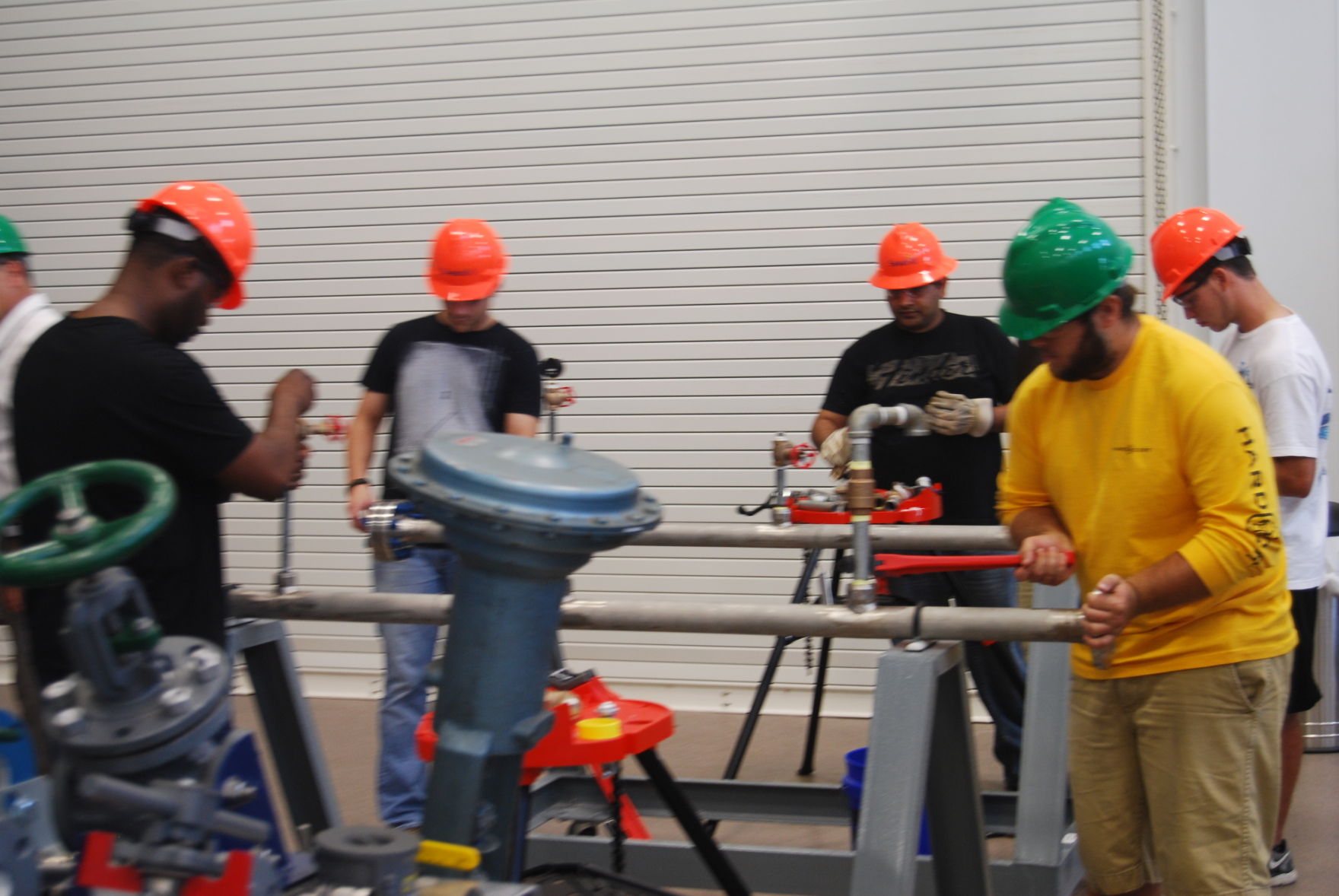
Fletcher facility readies offshore workers for the job
September 25, 2014Experts wonder if suing ‘Big Oil’ is really worth it for Louisiana
September 25, 2014Anyone who’s taken a basic French class knows that Terrebonne translates as “Good Earth.”
However, one area in the parish falls a little below those standards, according to the Environmental Protection Agency.
The EPA officially added the former site of Delta Shipyards in east Houma to its National Priorities List (NPL) of Superfund sites last Friday. The state of Louisiana referred the site to the EPA in 2012. The Times reported in May that the EPA had proposed that the site should be added to the list.
Superfund is a federal program that provides dollars to investigate and clean the most complex, uncontrolled or abandoned hazardous waste sites in the country. There are more than 800 Superfund sites across America, according to an EPA press release.
The EPA said hazardous materials were found in ground water, surface water and soil surrounding the 165-acre site at 200 Dean Court, placing the area within the Superfund guidelines.
If not remedied, the hazardous materials could spread to other Terrebonne Parish areas and pose a risk to human health as well as the environment.
“Finalizing the Delta Shipyard site on the NPL will allow EPA and our partners to begin restoring the land,” EPA Regional Administrator Ron Curry said in a release. “Addressing these types of complex cleanups is one of the most important parts of EPA’s mission.”
Terrebonne Parish Consolidated Government Parish Manager Al Levron said although being named to the list comes with a negative connotation, the designation is actually a positive because federal funding can now become available to remedy the area.
“The reality is the EPA and DEQ have limited budgets to deal with this type of contamination and/or proposed cleanups within their normal operating budget.” Levron said. “ … The only way the property is going to get cleaned up satisfactorily is by it being on the National Priorities List, so it opens up the door to more resources becoming available to actually deal with the issue on the ground.”
Opening in the 1960s, the site, which has been inactive for many years, previously operated as a cleaning and repair facility for small cargo boats, fishing boats and oil barges. Oily waste from the cleaning process as well as oil field drilling material were stored and disposed, respectively, in several unlined earthen pits used as evaporation ponds, according to the EPA.
Levron said the shipyard’s ability to have unlined evaporation ponds was “the nature of the business at the time.”
“The environmental laws in Louisiana were not very strong prior to the 1980s,” Levron told The Times. “They were relatively weak as it relates to solid waste and oilfield waste.”
Wetlands near the site are contaminated by arsenic, benzene and lead, among other metals, and the evaporation pits contain more than 30,000 cubic yards of hazardous materials, the EPA said in a press release.
Louisiana Department of Environmental Quality Press Secretary Greg Langley said most of the contaminants have evaporated over time and dispersed into the atmosphere.
“Now that we know that it’s there, you can’t undo that,” Levron said. “How do we move forward from there? By being on the National Priorities List, it allows the resource agency planners to get access for that, develop the restoration plans to go out and if necessary acquire construction projects.”
EPA National Priorities List Coordinator Brenda Cook said there is extensive contamination to the area, however the site is secure and does not pose any immediate risk.
“At this time the waste is well contained and there is not a lot of direct access to these pits,” Cook said. “I would not anticipate any immediate risk, because people are not in direct contact with them.”
The closest residential property is about 400 feet west of the pits, according to the EPA.
Langley said that the only threat to the contaminants spreading very much would a “huge storm.”
“There is really no danger unless there is immense flooding. If there was some type of threat or emergency, we would respond,” Langley said. “ … It’s not going anywhere, but if there was waive action on it, it might dissolve and spread some and people would be concerned about that. I think that’s one of the main reasons it was submitted for a Superfund site. It’s in the tidal zone.”
In the case that the contamination were to spread, Cook said the EPA has a response portion of its program.
“If there was some sort of catastrophic flooding or material release, we would coordinate with all the appropriate agency to do a timely response. We have removal folks who will come out and look at that. We also work with FEMA and the Coast Guard in cases like that,” Cook said.
However every day that the contaminants aren’t mitigated, the threat remains. After proposing the site should be included on the list in May, Cook said a 60-day public comment period was held, however no one responded. Next is a study to learn the extent of contamination and develop remedies to address the clean up. A risk assessment will consider the level of contaminants on site and its relationship to the population.
“Once we have an idea of the amount of the contamination and the options for getting the clean up, we’ll begin work typically within three months,” Cook said. “We’ll reach out to the community, and we’ll have a public meeting, and we’ll provide them the information that we have. In addition, we will have our removal folks come out and see if there’s anything imminent and substantial.”
Cook said typical cleanup efforts can take five years or longer depending on what has to be done.
“The process can generally take several years,” Cook said. “Five years is not uncommon. Some sites with groundwater problems take 15 to 20 years.”
Until that happens, Louisiana DEQ will continue to work closely with the EPA to monitor the site and the risks of contamination.
The EPA investigation will attempt to identify a responsible party for the left-behind hazardous materials, and none has been found as of yet. Cook said the process is confidential, and if a party is determined as responsible, it will be issued letters inviting it to participate in the site cleanup.
Until then, a small portion of Terrebonne won’t feature good earth.
“We like to keep Terrebonne ‘The Good Earth’ and keep it as clean as possible and leave it as we found it,” Terrebonne Parish Consolidated Government Planning and Zoning Department Director Patrick Gordon said.









